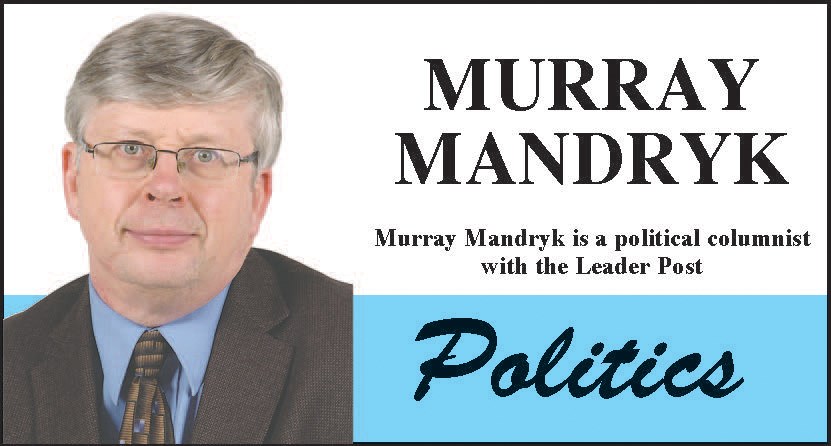Having trouble keeping up with all the election promises in the 2020 campaign?
Well, don’t blame yourself.
They were coming fast and furious even before this campaign started. And - notwithstanding the reality of a $2.1 billion deficit in the current budget and a $24-billion debt - they haven’t slowed down.
So let’s take a breath and catch up with the hundreds of millions already promised.
It began as early as last June/July when the NDP rolled out its “People First Recovery plan for COVID-19” that called for “fixed COVID-19 testing”, “smaller class sizes” and extra money for everything from bussing to substitute teachers to distant learning to cleaning supplies and personal protective wear. After the NDP promise, the Sask. Party government did come through with extra money for most everything except smaller classrooms … although the NDP said it was not enough.
August was quiet but September prior the election call was filled with more NDP promises beginning with a $25/day child care and 2,200 new spaces and $100 rebates for drivers while cutting their SGI auto insurance rates by seven per cent.
The NDP last month also promised to spend $5 million to hire 50 more mental health specialists and another $5 million more so school divisions could pay for more child psychologist services. It promised $10 million to “reopen rural emergency rooms” and another $10 million to address chronic rural hospital short staffing plus unspecified capital money to “fix crumbling rural hospital infrastructure”.
All this put the NDP way ahead in the promise game, but it sure does seem Premier Scott Moe has tried very hard to catch up.
One day after the election call, the Sask. Party promised a 10.5-per-cent tax rebate on home renovations to $20,000 quickly followed by the a one-year, 10-per-cent rebate on SaskPower bills paid through general revenue.
The Sask. Party then announced its Saskatchewan Advantage Scholarship for post-secondary students, offering them $750 per year.
Then came the Sask. Party’s call to reduce small business tax rate from two per cent to zero for two years, then one per cent until July 2023. That was followed by the governing party’s promise to resume the Active Families Benefit - a policy that was a victim of the 2017 budget cuts. Under the new plan, parents can apply for $150 per year per child and $200 for children with disabilities.
The Sask. Party also promised 750 new childcare spaces.
As of the writing of this, the last Sask. Party promise has been support for the autistic - $6,000 for children under age 12.
But the NDP certainly hasn’t rested on its pre-election laurels. Among its many promises since the election call have been the hiring of 1,000 health care workers. This would be in addition to “the best home care in Canada” that includes hiring 700 additional home care staff for medical care, cleaning, cooking, and repair assistance.
Some of the NDP post-election-call promises are rounding out previously announced commitments that would include $125 million for school divisions to hire 1,000 teachers, 750 educational assistants and 400 caretakers.
The NDP also announced $3-million as part of its rural education strategy.
Some of its promises are hard to tabulate in simple dollar figures. This would be the case with the NDP’s accountability strategy that includes a public inquiry into the Global Transportation Hub, banning corporate and union donations, stronger conflict of interest rules for MLAs and closing lobbyist loopholes. Still others like a $15 an hour minimum wage pay equity legislation and banning employee dress codes at workplaces that force female employees in bars and restaurants into high heels and short skirts are less about tax dollars. They will, however, have a direct impact on how businesses operate.
But by any measure, it’s already been a costly campaign.
Murray Mandryk has been covering provincial politics since 1983.



